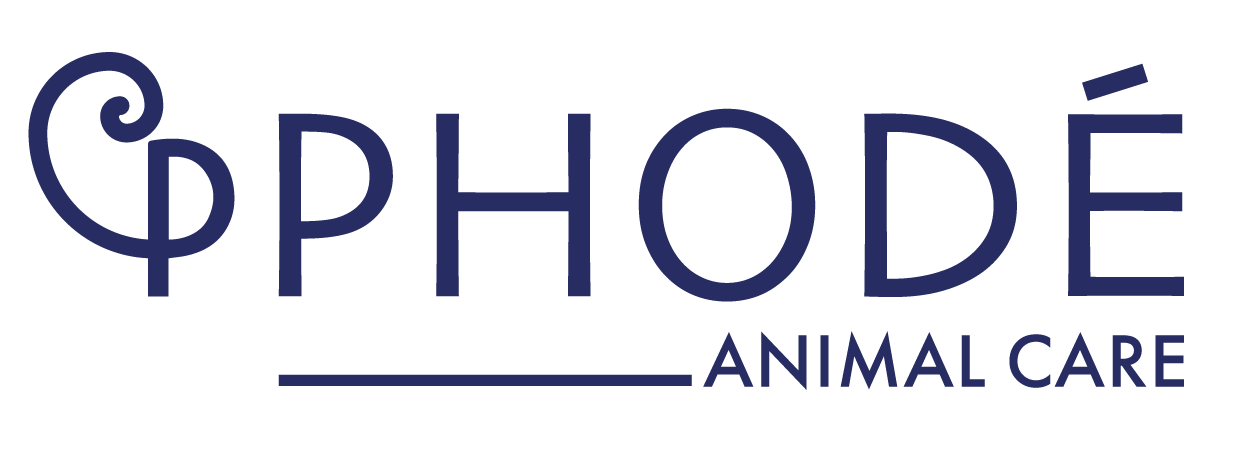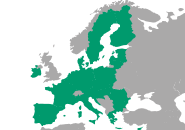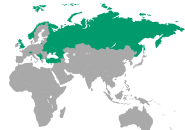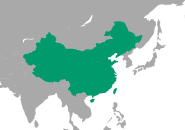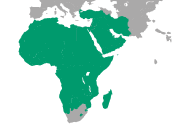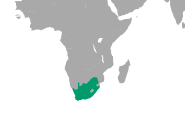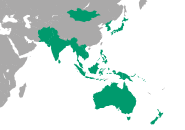Heat stress is a major stress in pig production, especially in the lactating sow. Decreased feed intake, reduced activity, hyperventilation… the signs of discomfort are very real and reveal a deterioration in the sows’ wellfare. However, studies showing the impact of heat stress on lactating sows and its piglets are no longer up to date. In recent years, the limited feed intake capacity of hyperprolific sows and global warming have led to an increased awareness of this unavoidable problem from Europe to Asia.
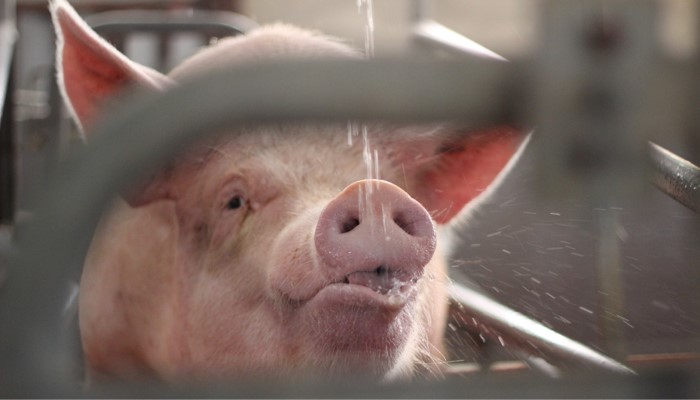
What is heat stress?
Heat stress occurs when the animal’s environmental temperature is above its thermal neutral zone. At this point, the animal produces more heat through its metabolism or receives more heat from its environment than it is able to remove. In the case of the lactating sow, many studies agree that the thermal neutral zone of the sow is between 18 and 22°C (Quiniou et al., 2000). This means that above 18°C the sow’s metabolism starts to fight heat stress. Furthermore it is important to note that the relative humidity also plays a role in the risk of heat stress. Although the Temperature-Relative Humidity Index (THI) is not, or only marginally, studied in sows, it is recognised that at high humidity (>80%) temperature variations will be much less well accepted by the sow. Hence the importance of good ventilation in farms.
The lactating sow is the animal most exposed to heat stress
The lactating sow has a much lower heat resistance than the fattening pig or even the gestating sow. This is mainly due to the fact that it has to ingest a large amount of feed to cover the needs of the litter and its metabolism produces a large amount of milk which contributes to thermogenesis. In addition, the lactating sow is constantly exposed to temperatures well above her thermoneutral zone. The thermal comfort zone for newborn piglets is between 30°C and 34°C (Quiniou et al., 2000) and maternity rooms are often between 22 and 23°C. As you can see, whether it is summer or winter, the lactating sow will be confronted with unavoidable heat stress, and it is essential to support it.
How does the sow cool down?
The sow, and more generally the pig, lacks a functional sweat gland which considerably limits its ability to regulate its body temperature. When the animal is subjected to heat stress, a series of physiological cascades are set up to adapt as quickly as possible to this uncomfortable situation. On one hand, the metabolism increases thermolysis: respiration rate accelerates to increase heat loss and blood circulation is redirected towards the capillary networks of the skin in order to promote heat loss by convection. On the other hand, thermogenesis is reduced: the sow will reduce its activity and increase its surface area in contact with cold areas but, above all, to reduce its own heat production, the animal reduces its food intake. Consequently, the nutrients available for milk production are reduced. The sow must then mobilise more of her reserves to cover the milk requirements of her litter.
What are the direct consequences of heat stress
Heat stress induces a drop in the sow’s feed intake, but how many grams are we talking about? Above 18°C the loss of intake capacity is 154g/day/sow per additional degree. And this gets worse when the temperature rises above 25°C, where the loss rises to 385g/sow per additional degree. Above 27°C the feed intake is reduced by almost 1kg!
Effect of ambient temperature on feed intake in lactating sow

The decrease in feed intake resulted in a decrease in milk and weight production. At 29°C, the decrease in milk production was estimated at -1.3kg/day/sow, i.e. a reduction of 18%. Other studies report decreases in milk production ranging from 12 to 26% (Table 1).
Table 1: Effect of heat stress on sow and litter performance
| Temperature °C | Average milk production (kg/j) | % Milk reduction | Litter weight gain (kg/j) | Backfat losses (mm) | Source |
| 18 29 | 7.5 6.2 | 18 | 2.46 1.94 | 2.1 3.5 | Quiniou et Noblet (1999) |
| 18 29 | 8.3 6.1 | 26 | 2.05 1.30 | 1.7 3.0 | Quiniou et al., 2000 |
| 20 29 | 10.7 8.3 | 23 | 3.44 2.84 | – | Renaudeau et Noblet, 2001 |
| 18 29 | 8.4 7.4 | 12 | 2.40 2.10 | 3.2 4.4 | Silva et al., 2009 |
For litter performance the losses range from 300 to 750g/day/litter which can represent a difference of one kilo on the weaning weight of the piglet! The last notable effect is on the body condition of the sow. The less she consumes, the more it has to draw on its body reserves. The different studies report an additional loss of backfat of 1.2 to 1.4mm for sows exposed to heat stress.
How to help the sow?
Prevention is the key! But how do you prevent a heat wave? It is already important to remember that the lactating sow is constantly under heat stress, with signs of discomfort being more visible during hot weather (>25°C). Accompanying it throughout all year long is therefore not an aberration, on the contrary!
The “classic” solutions
The solutions commonly used are to increase the digestibility of nutrients, increase the energy concentration of the ration or limit oxidative stress, but they do not directly address the core of the problem. Whether the stress is thermal or of another nature, when the animal perceives it, it is directly integrated at the brain level to trigger a physiological cascade response. This response may vary according to the individual sensitivity of the animal and its capacity to adapt.
Strengthening the adaptation capacity of the lactating sow to heat stress
This is the first strategy that should be applied in pig production. Indeed, the response to stress (in this case heat stress) can be improved by reinforcing the activity of neurons involved in the stress response: serotoninergic neurons. This results in a better behavioural adaptation of the animal:
– A sustained feed intake through a more fractionated diet,
– An increase in water consumption, the basis for good milk production
– Less agitated sows that will not produce extra heat
– More responsive sows that will not crush their piglets
And also improved physiological response including regulation of cortisol production which is essential to maintain sow health. Thanks to this cerebral action, which deals with the issue of stress (in this case heat stress) at the root, the harmful effects on the body are reduced: oxidative stress, loss of membrane permeability, blood alkalosis, etc.
A unique neurosensory solution
To support lactating sows, the addition of a sensory solution bassed on an unique extract of orange essential oil will help your animals adapt more easily and sustainably to heat stress. This solution supports sows’ intake, reduces backfat losses and increases litter weight gain.
